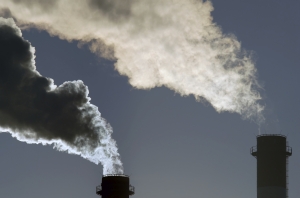Covered emissions and baselines
The Safeguard Mechanism covers large industrial facilities with direct emissions of more than 100,000 tonnes of CO2-e per year. Around 203 facilities (excluding electricity) are covered by the scheme, across the mining, energy, manufacturing, and transport sectors. Together, these facilities are responsible for over one quarter of Australia’s national greenhouse gas (GHG) emissions.
Covered emissions (shown via the black dotted line in Figure 1) were 142 million tonnes in FY20, or 14% above 2005 levels (115 Mt), and are projected to grow to 149 Mt in FY30 (29% above 2005 levels). From today’s levels (FY20), emissions are projected to grow 13% to 2030, underpinned by emissions growth from Fugitives (LNG, coal mining), Transport (road, domestic aviation, rail, shipping) and Direct Combustion (energy, mining, manufacturing, buildings, agriculture).

In line with current policy, compliance demand from the Safeguard Mechanism is currently negligible, with net demand of just 88,000 ACCUs in FY20 due to the transition of covered entities to Calculated Baselines, determined based on forecast production and emissions intensity. This creates headroom for covered facilities to increase their emissions without exceeding their baselines.
As shown in Figure 2, the average of total emissions baselines under the Safeguard Mechanism between FY17-20 (the average of the solid red line which depicts the sum of all baselines per year) is 183 million tonnes, against reported emissions of between 131-143 million tonnes between FY17-20 (blue line). This creates a potential net surplus of 40-52 million tonnes of GHG emissions per annum. Current compliance demand is therefore negligible, primarily attributed to emissions slightly exceeding forecasts.

Baseline scenarios to net-zero in 2050
Under our updated net-zero emissions scenarios














